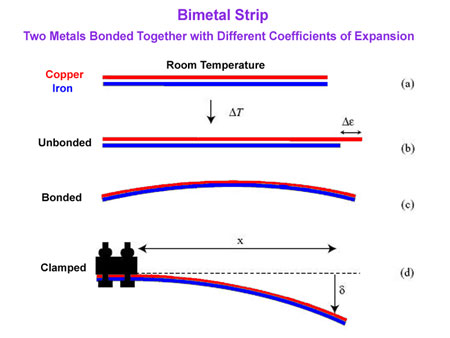Newer, faster, better!
January 9th, 2010 at 10:55 pm (Computers, Productivity)
For some time—actually since the time this blog was created—I’ve been dissatisfied about the speed with which the pages load. My main site page, wkiri.com, and its associated straight-html pages loaded fine, but anything associated with the blog always seemed… slow. Pages would take 10-20 seconds to load, which is a really long time in web-land, and especially when you’re trying to write, say, a blog post, and this delay happens each time you save or preview the post. I went a few rounds with DreamHost, but each time they said connectivity to my site was fine. Now WordPress, which is what my blog runs on, uses a database to store all of the blog content. I started to wonder if maybe the database host was the slow factor. I contacted DreamHost again. This time, I got:
It looks like the server you’re on is a bit loadier than we usually like for older servers like yours and that is likely causing a good portion of the slowness. I can offer to move you to one of our newer servers that are generally better balanced and more closely monitored if you like.
After deliberating for all of 0.5 seconds, I replied in the affirmative. They replied almost instantly, got me moved, and so far nothing has broken—and all on a Saturday, too! The difference is like night and day! I don’t know if you as readers can tell, but for me it’s a huge speed improvement (about 1-3 seconds load time now). And good timing, too, to speed things up right before I head to Mars; posting mission updates will be a lot less effort. And, bonus: I learned a new word, “loadier.” Thank you, DreamHost!
Finally, I added links from each individual post page to the “previous” and “next” entry in the blog (something I had been missing for a while). Enjoy!
